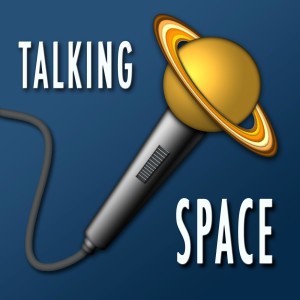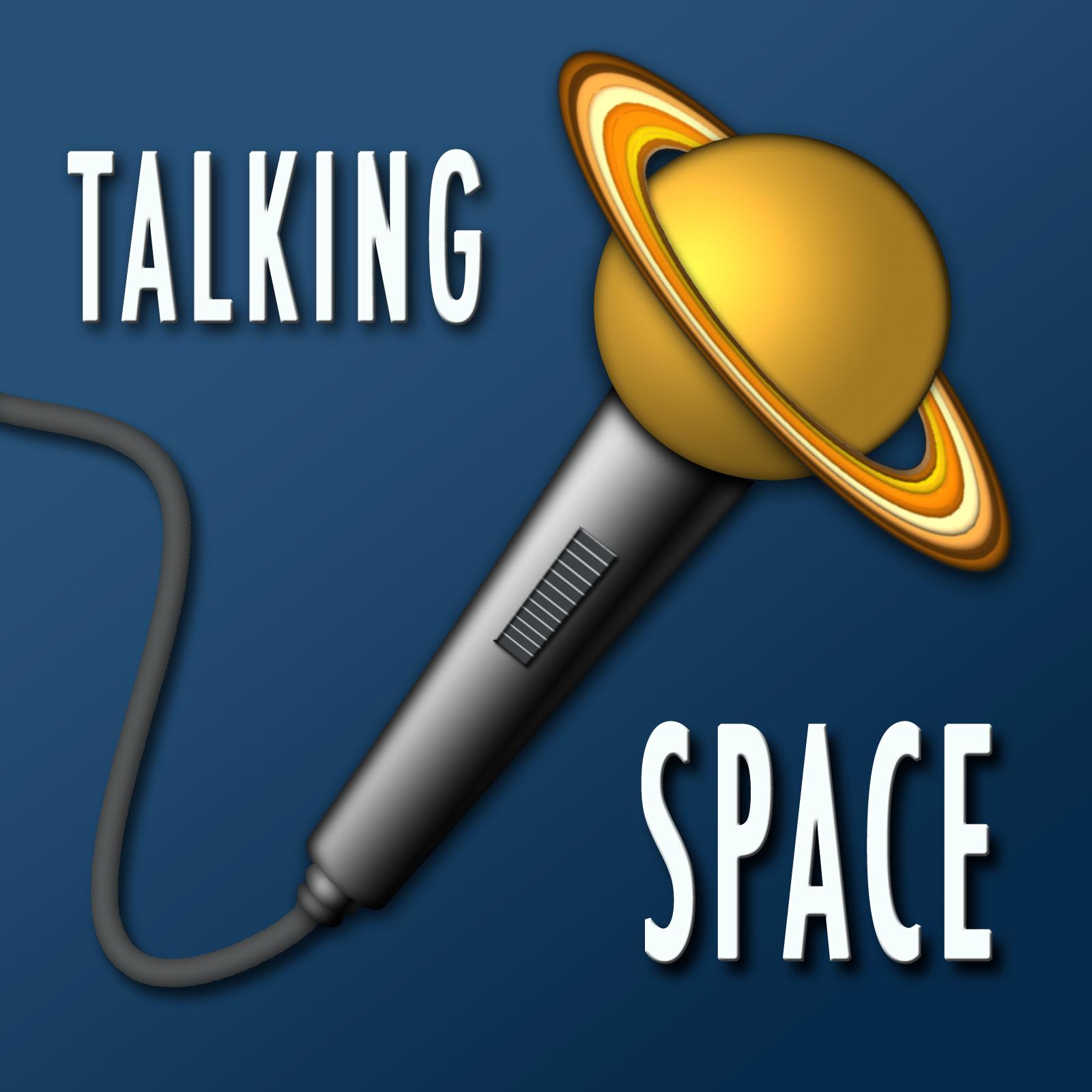Episodes

Monday Nov 15, 2021
Episode 1306: Zero-G and I Feel Fine - Mission: Astro Access
Monday Nov 15, 2021
Monday Nov 15, 2021
On this very special episode of Talking Space, we discuss something very few people have ever experienced, Zero Gravity. However, 12 Zero-G flyers just made history.
12 ambassadors for "Mission: Astro Access" completed the first ever microgravity flight for people with disabilities. That includes people who are deaf/hard of hearing, blind/low vision, and have mobility disabilities. Among the flyers is our own host, Sawyer Rosenstein. He invited some of the participants onto the show to discuss the mission.
The flight itself involves 15 parabolas aboard a Zero Gravity Corporation plane with one Martian, two Lunar and 12 "Zero-G" parabolas.
That includes the selection process, the training before flight, and the objectives during the flight. We find out what worked, what didn't, and the simple modifications that can be made to make spaceflight accessible to so many more people. We also discuss the future, where we hope this program goes in the future, and the changes we all hope to see as a result of this historic first mission.
To learn more about AstroAccess and to consider donating to help fund a second flight, visit https://astroaccess.org/
To read Sawyer's full recount of the flight, check out the article by clicking here.
Host: Sawyer Rosenstein
Panelists: Gene Mikulka, Mark Ratterman, and special guests Dana Bolles and Dr. Sheri Wells-Jensen

Thursday Dec 13, 2018
Episode 1010: Wisdom From A Legend in Heliophysics
Thursday Dec 13, 2018
Thursday Dec 13, 2018
Back in mid -August of 2018 as a phalanx of reporters and social media attendees awaited the launch of the Parker Solar Probe, we were all given a grand opportunity to listen to and glean a little wisdom from Dr. Eugene Parker, the spacecraft’s namesake. Dr. Parker’s contributions unveiled the supersonic nature of the Sun’s solar wind, an observation he was at first ridiculed for but eventually was proven correct by the Mariner 2 spacecraft.
This was an unprecedented opportunity and one that was not announced until those in attendance were told to stay for an incredible thirty minutes of wisdom from the 92-year-old astrophysicist.
This rare 30-minute event so far as we know, has never been broadcast in its entirety. NASA indicated they planned to use segments however no other media outlet has offered any of the contents of the event, until now.
Born on July 10, 1927, Dr. Parker Received his Bachelor’s Degree in Physics from Michigan State University in 1948, and his PhD. from the California Institute of Technology in 1951. He then spent 4 years at the University of Utah then the University of Chicago form 1955 until present day.
Dr. Parker developed a theory on the supersonic nature of the solar wind and predicted the spiral shape of the solar magnetic field in the outer solar system. His predictions were very controversial in fact two reviewer’s rejected Dr. Parker’s work outright. His theories were later published and in the 1960’s proven by the Mariner 2 Satellite. Dr. Parker’s work contributed greatly to the understanding of the nature of the solar wind, the solar corona and magnetic fields.
He is the S. Chandrasekhar Distinguished Service Professor Emeritus of the Department of Astronomy and Astrophysics at the Enrico Fermi Institute, University of Chicago and recipient of the Medal for Exceptional Achievement in Research from the American Physical Society. NASA named the Parker Solar Probe to honor his body of work and is contribution to the field of heliophysics. Dr. Parker is the only living scientist to have a spacecraft named in his honor.
To learn more about Dr. Eugene Parker, click here.
To learn more about the Parker Solar Probe, click here
Show Host – Gene Mikulka, with Sawyer Rosenstein

